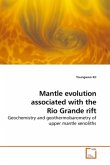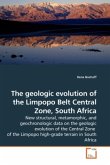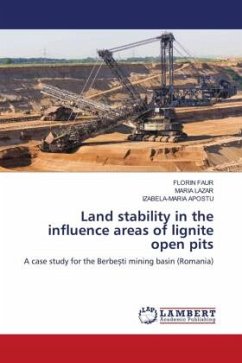Venice Lagoon is the estuary with the largest area and the greatest microtidal range (1 m spring tide) in the Mediterranean Sea. Presently, the Lagoon is suffering from a sediment loss seawards. The consequence of such a deficit in the sediment budget is the progressive destruction of salt marshes and tidal flats. In this study, a multidisciplinary investigation was undertaken at two different spatial scales (regional and local) to determine the factors controlling the stability and evolution of Venice Lagoon. A 0-D numerical model, SLIM (Simulation of LIttoral Morphodynamics), was constructed to predict factors responsible for the evolution of mudflats within the Lagoon. Relationships between sediment erosion and their biological properties reveal that a complex feed-back mechanism exists which enhances the accretion of the intertidal areas in the northern part of the Lagoon. Sensitivity analyses show that accretion of mudflats is controlled by sediment input and biostabilisation by the micro and macro-phytobenthos.
Bitte wählen Sie Ihr Anliegen aus.
Rechnungen
Retourenschein anfordern
Bestellstatus
Storno








